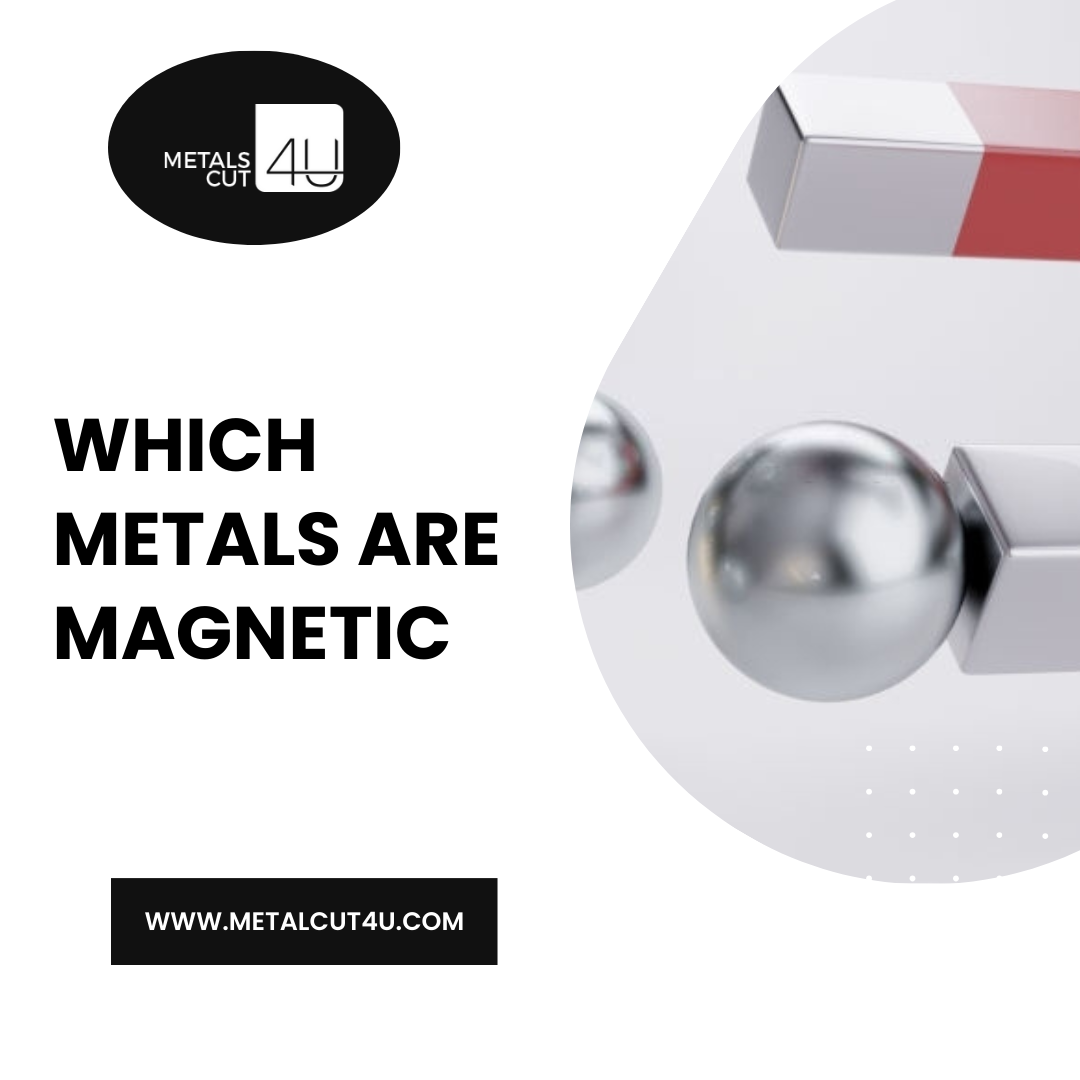
Understanding Magnetic Metals: Properties, Applications, and Key Examples
When we think about magnetism, we often overlook its significant role in our daily lives and in various technological advancements. Magnetic metals are essential in a wide range of applications, from the simple refrigerator magnets that help keep our shopping lists handy to the powerful industrial magnets utilized in manufacturing and scientific research. But which metals possess magnetic properties, and what exactly causes this magnetism?
Understanding Magnetic Metals
In this comprehensive guide, we aim to shed light on the unique characteristics of magnetic metals, the science behind their magnetism, and the diverse applications that rely on these materials. We’ll delve into the specific metals that exhibit magnetic properties, explore the principles of magnetism, and underscore their vital contributions to modern technology.
What Causes Metals to Be Magnetic?
The magnetic properties of metals stem from the behavior of electrons within their atomic structure. In magnetic metals like steel, the unpaired electrons align their spins in a way that their magnetic moments combine, leading to a net magnetic field.
For a metal to display magnetism, it must have unpaired electrons in its atomic configuration. These unpaired electrons are crucial as they generate a magnetic moment capable of aligning with the moments of other electrons in the material, resulting in ferromagnetism—the strongest form of magnetism.
Are All Metals Magnetic?
No, not all metals exhibit magnetic properties. In fact, the majority of metals are non-magnetic. The presence or absence of magnetism in metals is largely determined by their electronic configuration and structural properties. While some metals display strong magnetic characteristics, others have minimal or no interaction with magnetic fields.
Common Magnetic Metals
Several metals are renowned for their magnetic properties. Here are some of the most notable:
- Iron: The most magnetic metal on Earth, iron is widely used in magnets, electrical transformers, and motors due to its ability to maintain a robust magnetic field. Each iron atom contains four unpaired electrons, facilitating the alignment of magnetic moments.
- Cobalt: Known for its high magnetic permeability, cobalt retains its magnetic properties even at elevated temperatures, making it valuable in various applications.
- Nickel: This versatile metal is not only ferromagnetic but also resistant to oxidation and corrosion, which broadens its range of uses.
- Gadolinium: This element strongly attracts magnetic fields, making it useful in high-tech applications such as magnetic resonance imaging (MRI).
- Dysprosium: Valued for its neutron-absorbing capabilities, dysprosium is critical in nuclear reactor technology.
- Terbium: Often combined with other rare earth elements, terbium enhances the magnetic properties of alloys and is used in color television tubes.
- Stainless Steel: Certain types of stainless steel, particularly those with higher iron content, can be magnetic due to their crystal structure.
Non-Magnetic Metals
Many metals lack significant magnetic properties, falling into the category of non-magnetic materials. Examples include:
- Copper
- Bronze
- Brass
- Gold
- Silver
- Aluminum
- Titanium
- Austenitic stainless steel (e.g., 304 stainless steel)
- Platinum (with some alloys being magnetic)
Magnetic behavior can be influenced by various factors, including temperature and material treatment. For instance, while copper is typically non-magnetic, certain conditions can give rise to weak magnetic properties.
The Strength of Magnetic Metals
Magnetic metals inherently possess stronger magnetic properties than their non-magnetic counterparts. This strength is determined by their electronic structure and the alignment of their magnetic domains. Ferromagnetic metals like iron, cobalt, and nickel exhibit the most powerful magnetic properties, capable of producing strong fields and retaining their magnetism even after the removal of an external magnetic influence.
Impact of Magnetization on Metal Pricing
The magnetization of metals can affect their market prices, especially in sectors requiring specific magnetic characteristics. Metals with strong magnetic properties, particularly rare earth elements, can command higher prices due to their specialized applications in technology and manufacturing.
For instance, rare earth metals like neodymium and dysprosium are highly sought after for their use in powerful permanent magnets, which are crucial for electric vehicles, wind turbines, and advanced electronic devices. This growing demand contributes to their elevated prices compared to non-magnetic metals.
How Does Magnetism Work in Metals?
The magnetism observed in metals results from the movement and alignment of electrons. Metals with unpaired electrons develop a magnetic moment, quantifying the strength and direction of their magnetic field. When these moments align, they create a strong magnetic field, leading to ferromagnetic behavior.
Natural or externally induced alignment of these magnetic moments can enhance the overall magnetic field of the material. This alignment can be retained even after the external magnetic influence is removed, allowing the metal to maintain its magnetism.
Frequently Asked Questions
- Is Brass Magnetic? Brass is typically non-magnetic as it is an alloy of copper and zinc. However, if it contains iron or nickel traces, it may exhibit weak magnetic properties.
- What Metals Attract Magnets? Ferromagnetic metals like iron, cobalt, and nickel are known to attract magnets due to their unpaired electrons.
- What Three Metals Are Naturally Magnetic? The three naturally magnetic metals are iron, cobalt, and nickel.
- What Metals Will a Magnet Not Stick To? A magnet will not adhere to non-magnetic metals such as aluminum, copper, gold, silver, zinc, and lead.
- What Scrap Metals Are Magnetic? Iron and steel are commonly magnetic scrap metals due to their strong magnetic properties.

